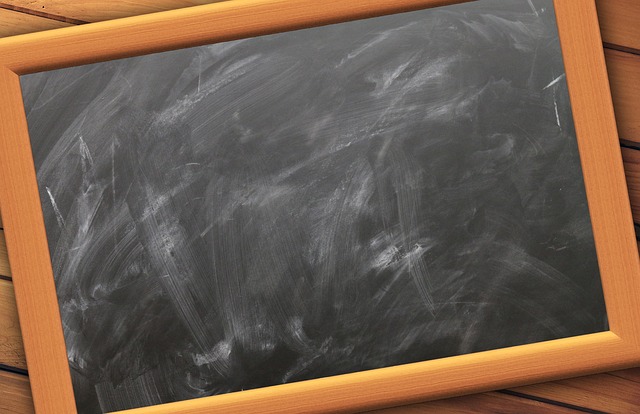In the enchanting world of photography, the concept of composition stands as a foundational pillar that transforms simple snapshots into compelling narratives. Every click of the camera is not just about capturing an image; it’s about weaving together light, shadow, and perspective to breathe life into a story framed within the confines of a single photograph.
When we think about composition, we delve into the art of arranging visual elements in a photograph to communicate a specific feeling or idea. This can involve the strategic placement of subjects, the use of leading lines to guide the viewer’s eyes, and the careful consideration of negative space to emphasize key elements in the frame. The goal? To create a harmonious balance that resonates with the observer on an emotional level.
Today, optics has advanced to a point where the average photographer has access to incredibly sophisticated tools. Modern cameras, equipped with intelligent autofocus systems and versatile lenses, allow for stunning clarity and depth. Yet, no matter how advanced our gadgets may become, the core concept of composition remains timeless. It invites us to think deeply about what we want to say through our images and challenges us to push our creative boundaries.
As photographers, we excel when we embrace the concept of ‘seeing’ beyond the obvious. This means not just capturing a scene as it is, but rather interpreting it through our unique perspectives. Whether it’s the balance of colors in a landscape or the rhythm of shapes in an urban environment, each composition can evoke a different reaction, sparking thoughts and emotions long after the shutter has clicked.
Photographers can explore various compositional techniques—such as the rule of thirds, symmetry, and framing—to enhance their visual storytelling. These tools encourage us to break free from conventional ways of seeing and to experiment with perspectives that may initially feel uncomfortable. A great composition often pushes us to notice the beauty in the mundane and to find extraordinary moments in everyday life.
Moreover, the psychological aspects of composition cannot be overlooked. The arrangement of elements affects how viewers engage with a photograph. Bold, dynamic compositions might evoke excitement or urgency, while softer, more balanced ones can instill a sense of peace. Understanding these emotional cues allows photographers to craft images that resonate and linger in the viewer’s mind, creating a deeper connection.
As we continue to evolve in our photography journey, it’s essential to continually revisit the concept of composition. Experimentation with new techniques and styles will not only refine our skills but will deepen our understanding of how we perceive the world through our lenses. Every photo we take is an invitation to viewers to share in our vision, to experience moments as we see them, and to stir their imaginations.
In essence, the journey into the world of composition is one of constant discovery—an exploration of how we can convey complex emotions through a simple click of the camera. It leads us not just through technical know-how but through a deeper appreciation of art, life, and the stories that wait to be told through the lens.



